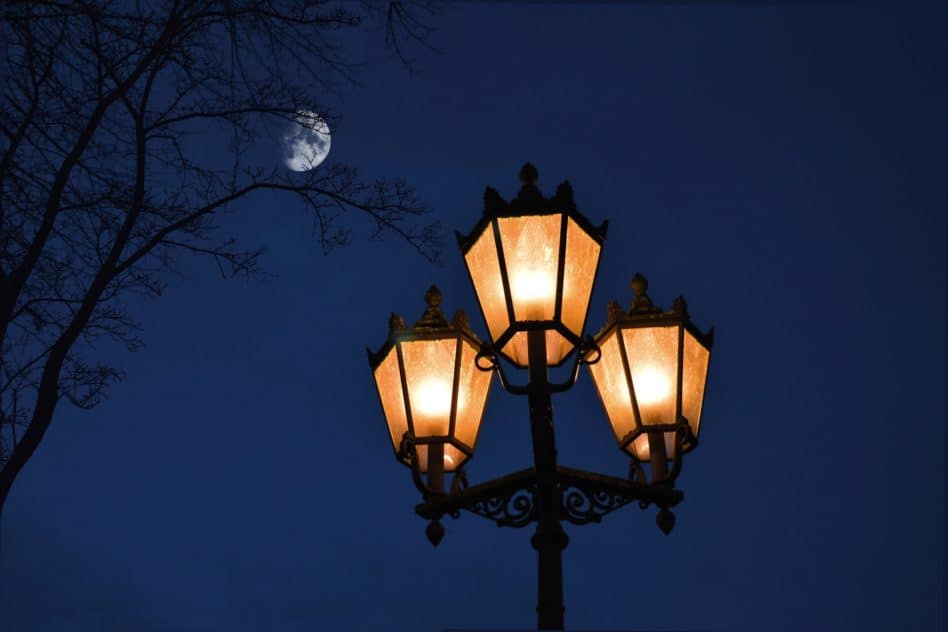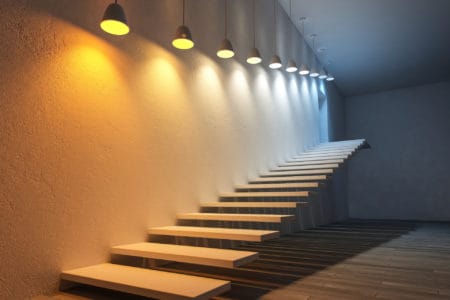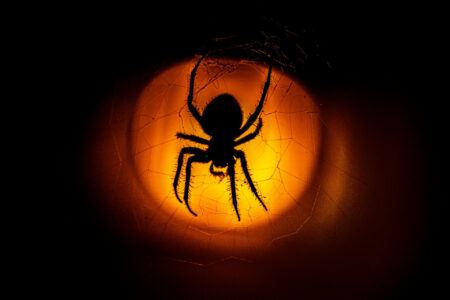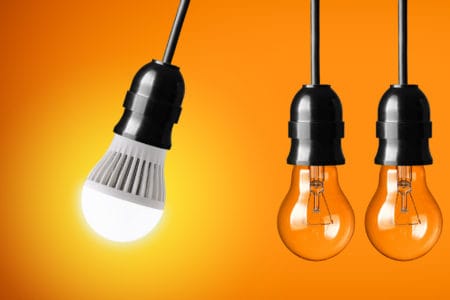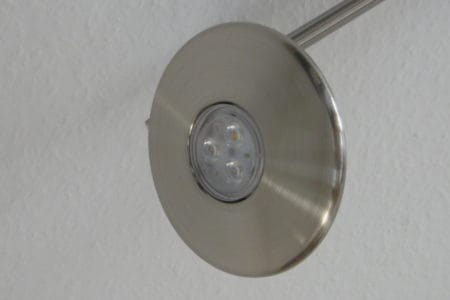There are many types of street lights today, each with its unique height. But how tall are street lights in general? The ideal height for an average light pole is approximately 9 to 14 feet. This varies depending on the width of the road as well as the amount of light the lamp produces. In this article we cover the most used types of street lights with their specific technical features and their heights.
How Tall are Street Lights?
Street lights are widely used in many streets around the world today. The first electric street light pole was used in Paris in 1878 after much trial and error. The invention proved to be such a success that it gained fame in many other countries.
The average height for a street light pole is between 9 and 14 feet.
With the advancement of technology came the upgrade of the lamps. Lights today have been upgraded to energy-efficient light-emitting diodes (LEDs). This has proven to be a smart move. LED street lights enhance security for people who work until late. They also facilitate safer navigation.
Varieties of Street Lights
Here are the main varieties of street lights available today:
High-Pressure Sodium Street Lights
Also known as HPS lamps or HPS lights, the high-pressure lamp is used in public outdoor places and industrial lighting. It has a simple design, with a compact arc with a combination of mercury, xenon, and sodium.
It also has an outer bulb that acts as a filter, shields the arc tube from drafts in temperature, and hinders the oxidation of the inner components. HPS lamps provide a relatively great amount of light and have a lifespan of 24,000 hours. When used properly, they can last longer.
A minor downside of the lamps is they contain toxic mercury. This makes it hard to dispose them once they’ve reached their expiry date. By handling them with care, you can rest easy since you won’t experience the mercury.
LED Street Lights
LED street lights are the best and most commonly used lights today. LED lamps are safe and don’t contain mercury and have no filaments; thus, they last long! An LED light has a lifespan of approximately 100,000 hours. They are best where bulb replacement breaks the bank or is hard.
LED lamps produce omnidirectional light, which makes it possible to direct light in a specific place. Also, they give out more than 80 lumens per watt. Conventional streetlights produce a mere 50 lumens per watt. More perks of this lamp are it doesn’t produce UV (or ultraviolet) light that attracts bugs. They also don’t need to warm-up. They spread light around as soon as the switch is turned on.
Metal Halide Street Lights
Here’s a cool choice for all homeowners! Think bright when metal halide lamps come to mind. They are a variety of high-intensity discharge lamps. When an electrical arc goes through gases in it, light is produced. Metal halide lamps are made with special materials. This is to help them serve their purpose effectively. The inner arc tube of the lamp is made from quartz or ceramic.
The outer bulb is crafted from borosilicate glass. This helps keep the UV light produced once it’s on to a minimum. Other lamps use a phosphor coating on the outer bulb as well. These lamps last up to 10 times longer than regular incandescent bulbs. They boast a lifespan of between 15,000-20,000 hours.
If you’re looking for something to break the white-light monotony, go metal halide. Sure, they originally have a much whiter light naturally, but they’re available in an impressive variety of colors. Additionally, these lights can also be used indoors since the surrounding temperature doesn’t affect how it operates.
Low-Pressure Street Lights
As the name hints, these types of lights produce very little light. This feature limits their use to outdoors. They emit roughly 183 lumens per watt. They emit a distinct monochrome yellow color. This means that colors such as blue and red appear gray when illuminated by these lamps.
Their fixtures range from U-tube or linear-lamp. The lamps come in a variety of sizes, from 35 watts to 180 watts. They start lighting at a temperature as low as -40 degrees Fahrenheit. As minutes go by, they then warm up to full wattage.
Unlike many other lights, many low-pressure lights restart immediately after, say, a blackout. The only catch is they need some time to return to their standard bright level. Low-pressure lights pack quite a number of cons. For starters, they’re costly to install. Also, they mess around with your sight because of their monochromatic-color feature.
Narrow-Band Amber (NBA) LED Street Lights
NBA lights branch off from LED lights. They are still relatively new and are very expensive. They’re the perfect solution for the low-pressure street lights.
How? Well, they have a cool color representation. This means they’re easy on your eyes. And, they do better than producing white light. They take things up a notch by emitting mostly warm yellow or yellow color.
Since they’ve been around for a couple of months, it’s almost impossible to get one. Some states are even suggesting that technology should not be used on a large scale.
Height of Street Lights
The average height for a street light pole is between 9 and 14 feet. But there are also smaller ones ranging from 5 to 6.5 feet. These are mainly used in pedestrian areas rather than on roads. Besides that there also exist very small street lights which are better referred to as garden lights with heights of roughly 3 feet.
Before installing street lights, the local conditions and regulations need to be checked. Conduct research or ask the professionals. The above examples of lights are just a taste of what’s out there.
No matter your requirements, you can rest assured that there are the right lights for you. It may seem costly, installing street lights. However, looking at the bigger picture helps you invest wisely. Consider the long-term advantages of the lights.
Conclusion
Street lights not only provide light at night. These lights also reduce crime rates, provide a touch of beauty to the night-time façade (especially the colored ones), and most of them have a low energy consumption. Look beyond the challenges before installation and focus on the ultimate reward.
For the height of a street light there is no one-size-fits-all solution. Generally speaking for a wide road you need taller street lights than for a narrow street. There also need to be less light poles installed when using tall street lights as they can illuminate a large area.
